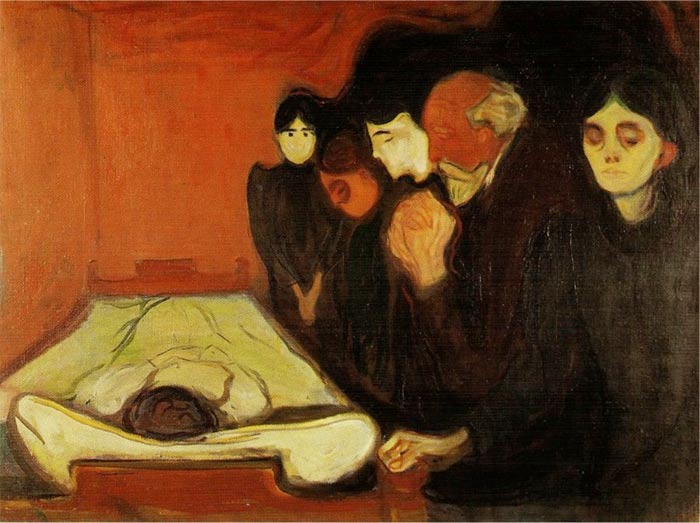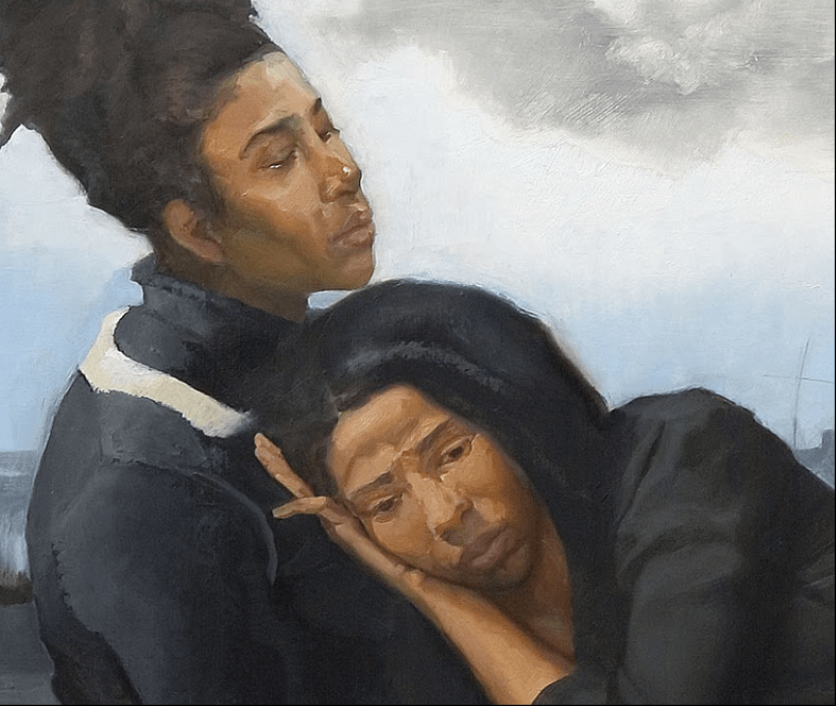Poetry, too, is a mortuary practice. Elegy—poetry written to, for, and about the dead—offers consolation because it is an act of tending to a dead person, a gesture of intimate care-taking. Elegy offers language itself to the dead as both tribute and shelter, a symbolic burial ground to hold a person’s name and story, if not a body. In elegy, grief is measured into lines and transmuted into images, a way to make mourning less quiet and lonely.
I taught a course last semester, at Brandeis University, on elegy and contemporary death practices. This humanities practicum was entitled “Inventing Farewell” because every modern generation must re-invent its relations to the dead. It was a pedagogical experiment. The students in this workshop read contemporary poems to discover what they have to offer a modern world searching for meaningful ways to hold vigil, bear witness, care for corpses, and create zones of felt contact between the living and dead. I taught the course out of an emphatic belief, with a polemical edge: that poetry of mourning is a powerful, if neglected, resource for asserting agency in the face of death today.
Immersed in this writing, students were challenged to think of imaginative solutions to real problems. They designed a necropolis or memorial park, brainstormed commemoration practices that could gather the bereaved, proposed neighborhood historical exhibits, wrote their own poetry, created maps of funerary spaces. By the end of the semester, students had portfolios of original work involving the mortuary imagination. Students came to realize that we need not be passive in the terrible challenge of another’s dying.
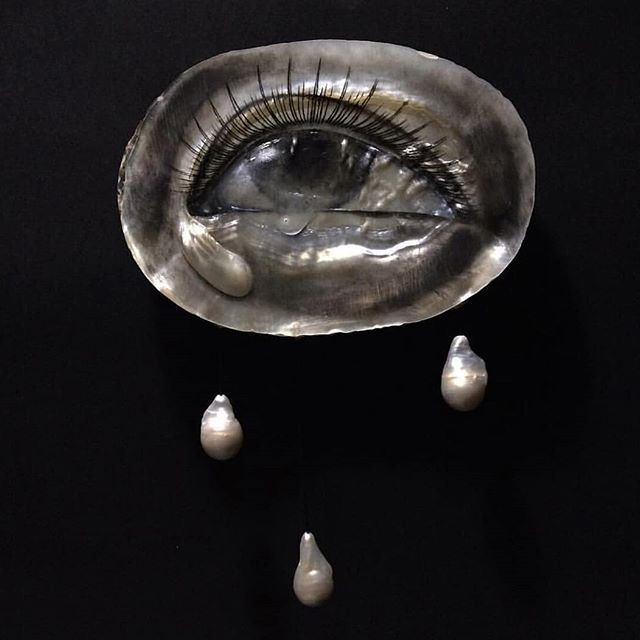
These students were brave. The assignments were weird. One of the first:
Assignment: develop a draft proposal for a burial ground, city of the dead, or related mortuary or memorial site. Your proposal should be for a distinctive, uncommon place to remember dead people or to be in the presence of their remains. This might be a sort of cemetery, graveyard, necropolis, crematorium, laying-out (corpse preparation) facility, or otherwise. Your goal is to imagine a combination of landscape, architecture, handcraft, technology, visual art, or other resources to invent a city of the dead or memorial space that dynamically engages the worlds of the living. In other words, this city of the dead should refuse their obsolescence or social death, and could be directly connected to other sorts of useful places and institutions.
As you develop your proposal, work through several questions: how does your design affect one’s experience of time and space? What do people do here, how does movement flow here? Is there some stance toward mortality, memory, or history communicated by your design? Is there some aspiration for the future embedded here, or some other commitment? What about the place creates a persuasive sense of value for past lives?
Your draft proposal can take any of several forms: a formal proposal, with detailed descriptions of your design elements; a visual art project, with brief commentary; a narrative, fictional or non-fictional; an essay or piece of creative non-fiction; or another form that will allow you to develop your idea for this place. Due in class.
One of my inspirations for this assignment was Italo Calvino’s novel Imaginary Cities, in which he describes, among so many astonishing hallucinations, the city of Eusapia, in which “the inhabitants have constructed an identical copy of their city, underground. All corpses, dried in such a way that the skeleton remains sheathed in yellow skin, are carried down there, to continue their former activities.” Only a select few from Eusapia can descend into city of the dead. They observe the changes there and return with news of the ancestors.
I take the idea of the mortuary imagination seriously. Death is a sphere, not only of debilitation, but of deep creativity, where emotional courage meets aesthetic invention. As members of the The Order know, mortuary practices are a lightning rod for tensions between tradition and innovation, cultural legacy and cultural renewal. Death positive groups recognize how vital young people are for working through this tension and re-creating symbolic practices around death. Classrooms should be an important space for engaging these tensions and possibilities.
Poets offer emotional and practical ways forward; they help us see into obscure situations and name aspects of loss. Someone dies in an armchair, book in hand, it is as if “a snowflake, a blizzard of one, weightless, entered your room.” As she dies, we’ve arrived at “a time between times, a flowerless funeral” (Mark Strand, “A Piece of the Storm”).
In Elegy for a Broken Machine, Patrick Phillips seeks an image for his father’s corpse before professionals arrive to remove it.
Soon the undertaker’s sons
will come and lift this
strangest of all strange things:
a palimpsest
of what we loved,
a nest in the brittle leaves
(“The Body”)
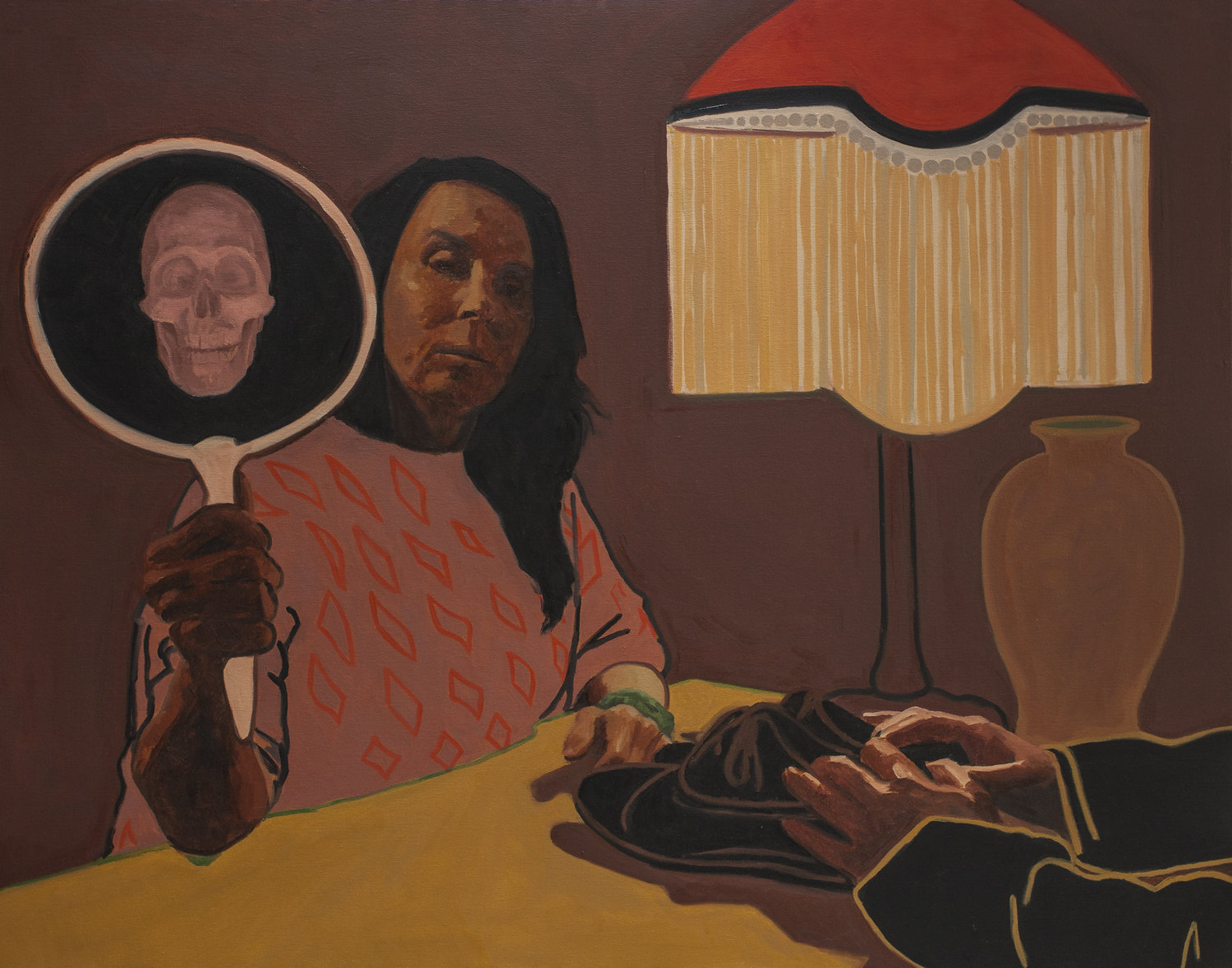
Elizabeth Alexander, in Crave Radiance, looking clear-eyed at her mother, gives us to see “the miraculous dying body, / its greens and purples…. even as it falls apart, the body / that can no longer make fever / but nonetheless burns // florid and bright and magnificent / as it dims” (“Autumn Passage”).
Elegies help us speak to the dead, to hold them in our language communities. In rhetorical terms, apostrophe is the figure for directly addressing an absent person or inanimate object. Discussing apostrophic elegies, my students observed that many writers use these poems to tell dead people the story of their own last moments and funerals. These are a sort of explanation of what is beyond explaining, a way of creating continuity in rupture. From Joy Harjo’s “Death Is a Woman,” to her father:
I walk these night hours between the dead and the living, and see you
two-step with Death as if nothing ever ended.
We buried you in Okmulgee, on a day when leaves already buried
the earth in scarlet and crisp ochre.
Kevin Young begins “Exit Music,” also to his father, with the harsh cityscape they still ambiguously share:
In Baton Rouge bridges
end in midair, arms reaching
for the other shore
The lights & reek
of the cracker factory, refineries
seeping into the dark
I drive Cancer Alley
to the highwayside
where you will be buried
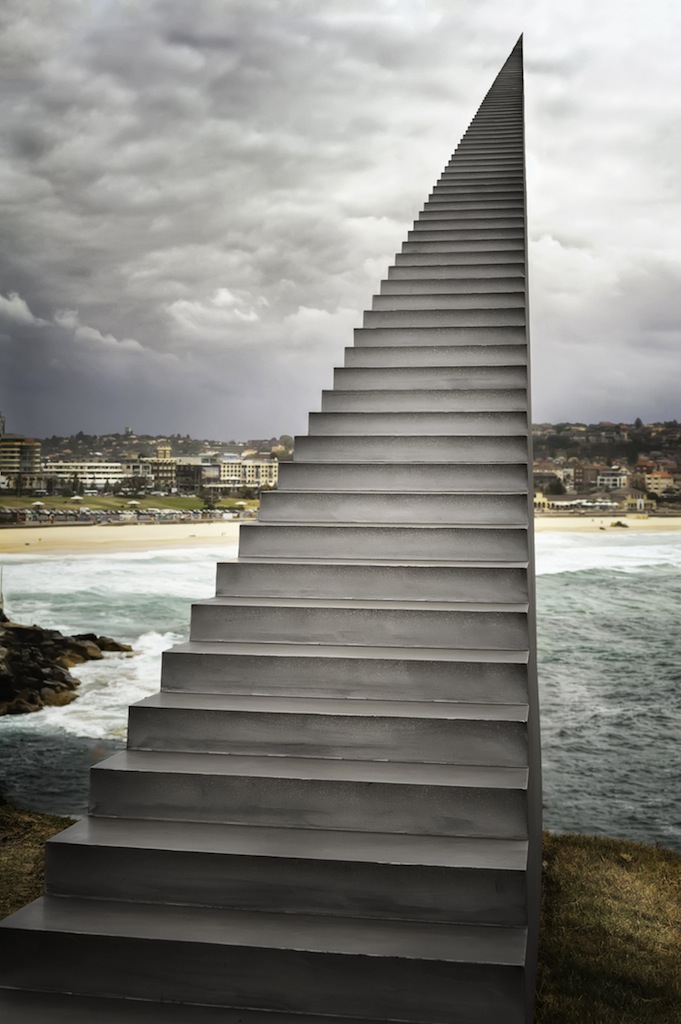
Poets offer compelling forms for speaking to the dead. Doing so is rife with emotional risks; such an address requires bravery and care. In another assignment in “Inventing Farewell,” students are challenged to play on this serious ground:
Assignment: in a paragraph or two, propose a materially rich medium, place, or action for directly addressing the dead, in a ritual or lyrical act. This invention of apostrophe can include architectural or technological design, a particular landscape, exposure to the wilderness, or basic elements such as wind, earth, water, fire. Your idea can include impossible or fantastical features, if you approach this as an imaginary exercise or hypothetical invention. You can think of this proposal as helping us imagine a zone of felt contact between the living and the dead. Due in class.
Reader, what would you design?
When I consider my own response to this assignment, I find only a jumble of images: railroad tracks, water pump, hourglass, footbridge over a river, ink on birch bark…. How do these come together? What is their posthumous logic? I may have some otherworldly courier service in mind, but I don’t know yet.
The history of elegy is an immense mortuary workshop. A storehouse of vivid images, existential equipment. The poets of the dead offer a usable eloquence for those learning the new languages of farewell.

